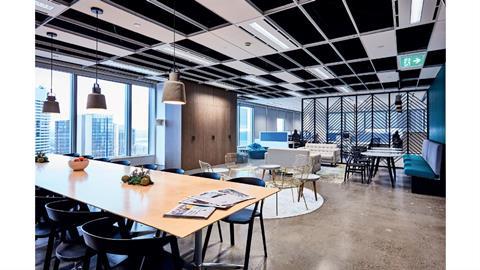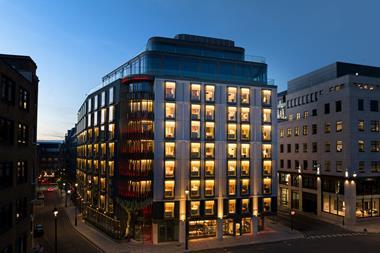Inflation and ongoing supply chain issues are starting to filter through into office fit-out costs, keeping occupiers’ net effective costs high in many cities around the world, according to research from Savills.

The firm’s Q2 analysis of Prime Office Costs in global markets found that fit-out costs have risen an average of 6% over the past year across the cities that have so far reported increases.
At the same time, several markets are also seeing rising rents, especially for ESG-compliant spaces. This is especially prevalent in Paris, where competition for space has driven up rents at the same time as fit-out costs have increased, with net effective costs to occupiers now standing at $105.61 per sq ft, almost level with those for downtown New York.
Paris is also the only market to see rent-free periods reduce in the last quarter, Savills said. Other locations, including key European cities such as London, Madrid and Amsterdam, as well as Dubai, also saw headline rent rises over Q2, says Savills, although these were often driven by index-linked lease structures.
The top cities by net effective cost to the occupier are now Hong Kong, followed by London’s West End, while Tokyo has moved from third place at the end of Q1 to fifth in Q2, allowing Midtown New York and the City of London to move up one position each into third and fourth place respectively.
Matthew Fitzgerald, director of Savills EMEA tenant advisory team, commented: “This is the first quarter where the vast majority of our key markets have not faced restrictions on the return to the office and when hybrid working trends have become established.
‘Many occupiers have focused on creating inspiring, collaborative workspace to attract the best talent and in line with their commitments to sustainability. This has held demand for the best in class space, keeping rents high in this segment of the market, whilst inflationary pressure on fit-out and labour in many markets in Q2 have also added to overall costs.’
He warned: ‘Looking ahead, the uncertainty around macro-economic events may lead to some occupiers treading more cautiously. But any tentativeness needs to be balanced against the fact that supply chains are long and construction increasingly expensive, with space in some markets taking 50% longer to be delivered. While occupiers may want to delay decisions while they confirm their final working arrangements, the reality is that doing so they may face tighter timelines and more expensive estimates in the long run.’
Average office utilisation rose to 59% in Q2 across the markets surveyed by Savills, up from 49% in Q1, the highest level since the pandemic.









